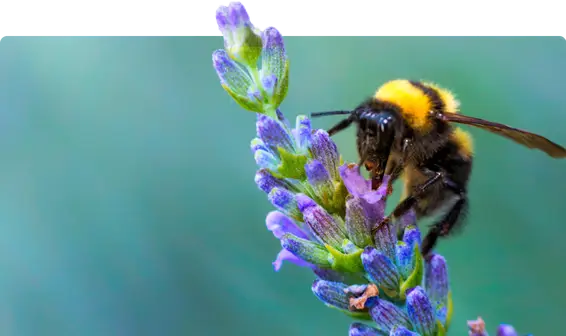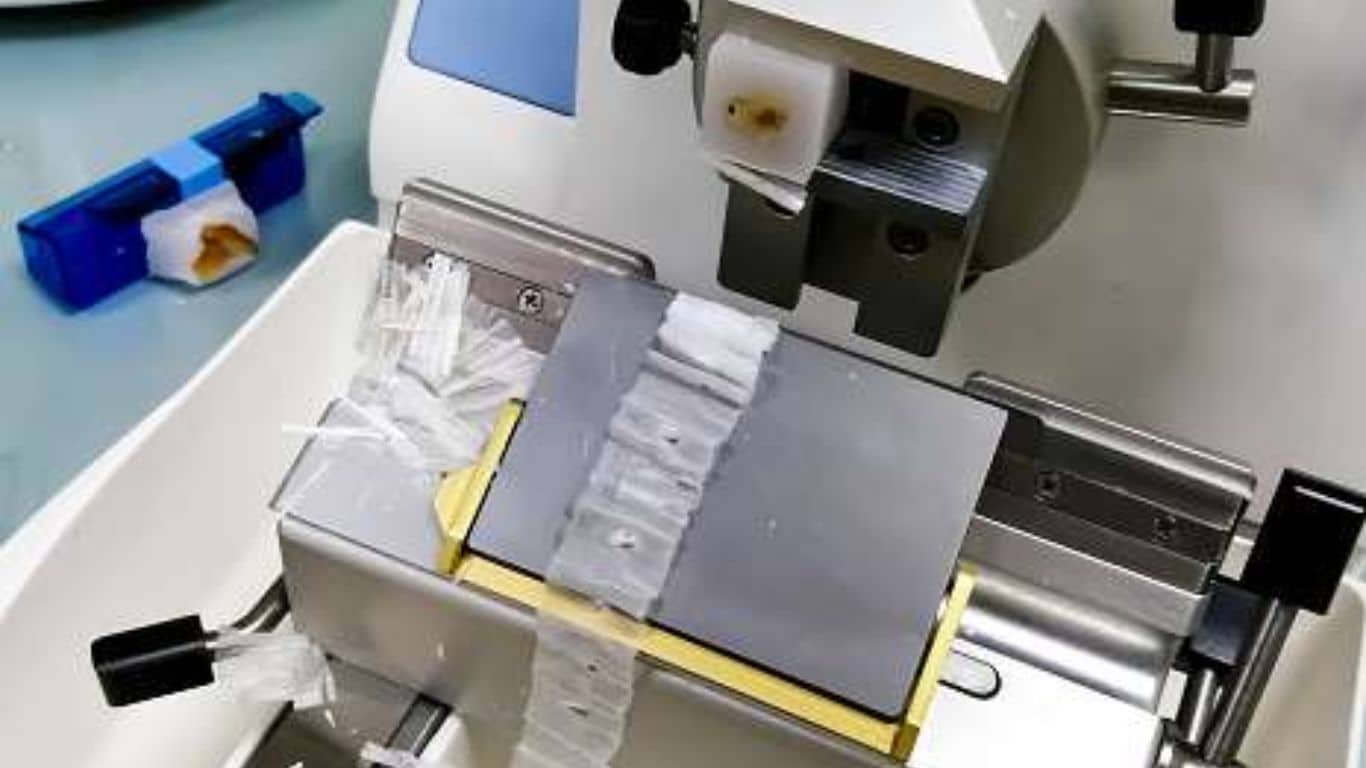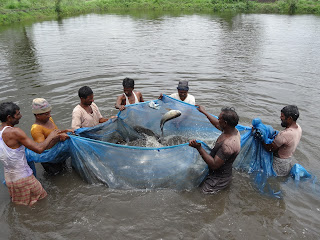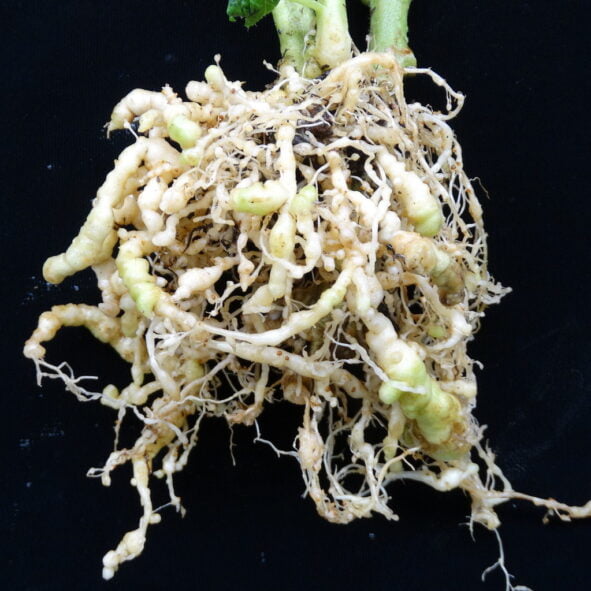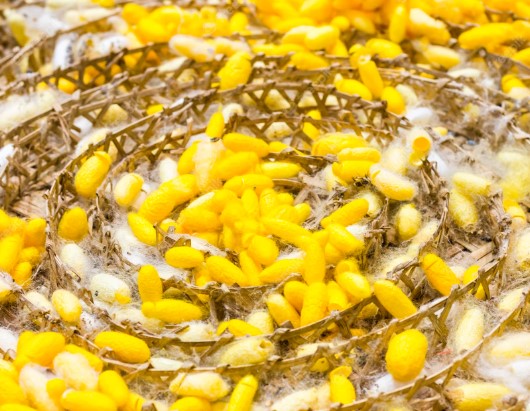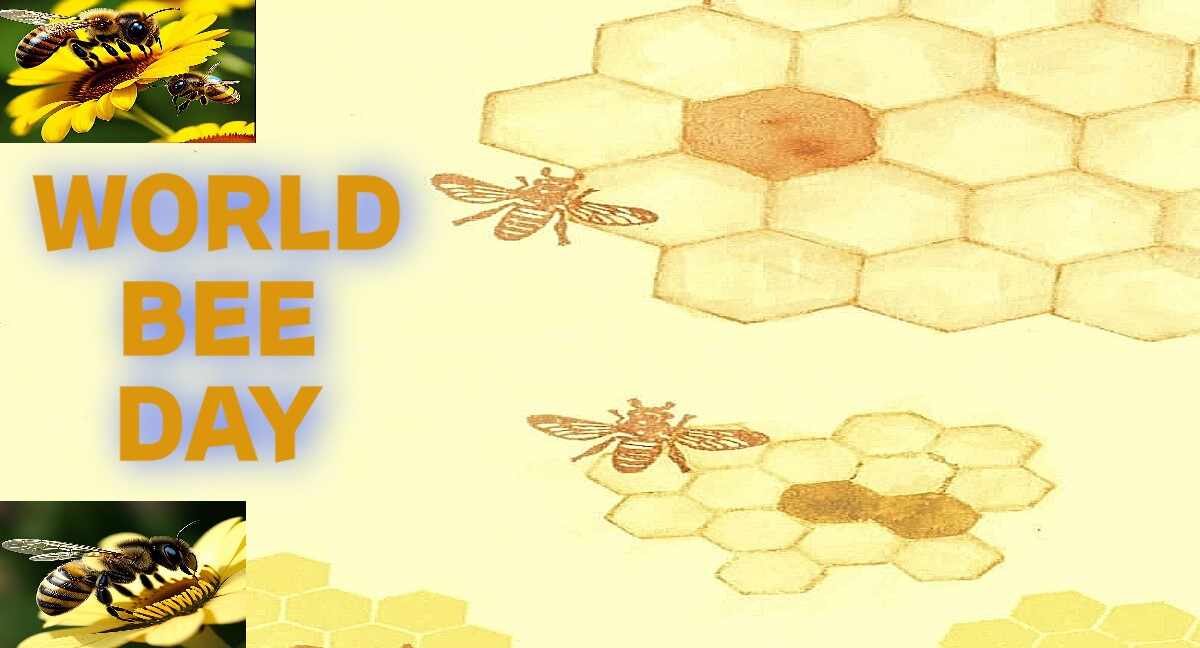Pearl Farming methods: Pearl farming is a process of cultivating pearls on the farm by inserting a nucleus into the tissue of a living pearl oyster or mussel. There are three types of pearl farming: freshwater, brackishwater and saltwater. Freshwater pearl farming uses freshwater mussels, while saltwater pearl farming uses saltwater oysters. There are different types of pearl farming methods as follows.
Pearl Farming Methods
Pearl farming is a profitable and sustainable business that can provide income and employment opportunities for rural communities. Pearl farming can also conserve and enhance the biodiversity and ecosystem of the water bodies where it is practiced. Pearl farming requires skill, knowledge, and investment, but it can also offer rewards and satisfaction for those who pursue it. There are different types of pearl farming methods as follows.
Rack method
This method is suitable for estuaries and shallow bays. The racks are fabricated placing bamboo / casurina poles vertically and horizontally tying and lashing with nylon/coir ropes. Bamboo or casurina poles are drier driven into the bottom and spaced at a distance of 102m. These stakes are connected horizontally with poles. The horizontal poles should be above the level of water at high tide and seeded ropes are suspended from the same. ‘Pearl Farming methods’
 |
| Rack Method |
Raft method
This method is ideal for open sea conditions. Square or rectangular rafts are fabricated with sturdy bamboo or casuarina poles. Buoyancy for the raft is provided by tying 5 barrels of 200 liter capacity one each at the four corners and one in the middle (metal oil barrel painted with anticorrosive paint or synthetic material). Ideal size of the raft 5 X5 m. the raft are Positioned at suitable site in the sea using 50-100kg of iron, granite or concrete anchors. Three seeded rope can be suspended from one meter area of the raft. ‘Methods of Pearl Farming’
 |
| Raft Method |
Long –line method
This method is considered ideal in unprotected open sea conditions. The main line is synthetic rope of 16-20mm diameter. The long-line, which is supported by 200 litters barrels tied to it and spaced at 5m. The long-lines and barrels are anchored in position at both ends using concrete blocks and nylon ropes. Seeded ropes are suspended in the long-line. ‘Methods of Pearl Farming’
 |
| Long-line Method |
Horizontal Culture
This method is ideal in shallow areas with a minimum level of water column. Seeded rope were suspended by tying upward by ropes to horizontal poles; but both the ends will be stretched and tied in vertical poles erected in opposite sides in the farm structure. In the estuaries of Malabar, most of the farmers are following this method.
Bouchot culture
Bouchot (stake culture) method was done in the shallow waters of Ashtamudi Lake at Dalawapuram, Kollam with farmer’s participation. Mussel seed (20-25mm) were collected from the estuary and seeded on casuarina poles, bamboo split of one meter length @1.5kg/pole, strip. Production of 12kg/pole, bamboo split was obtained with in a period 3 months.
 |
| Bouchot Culture |

